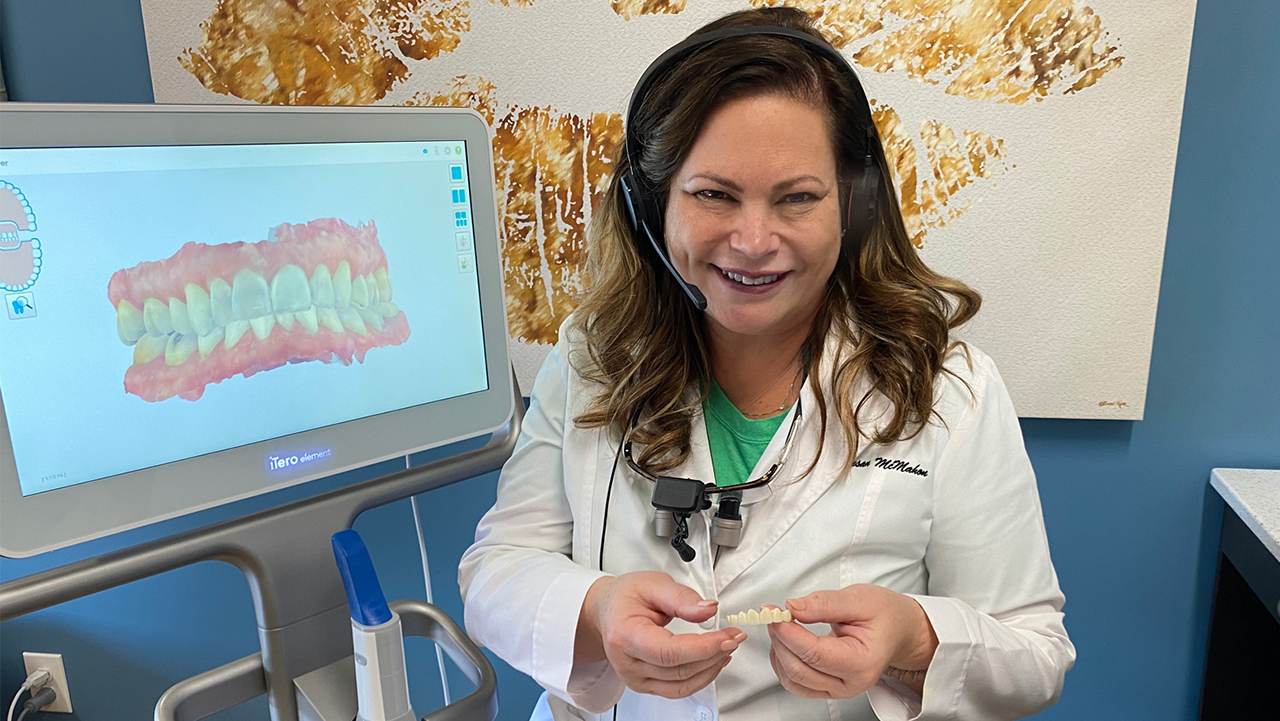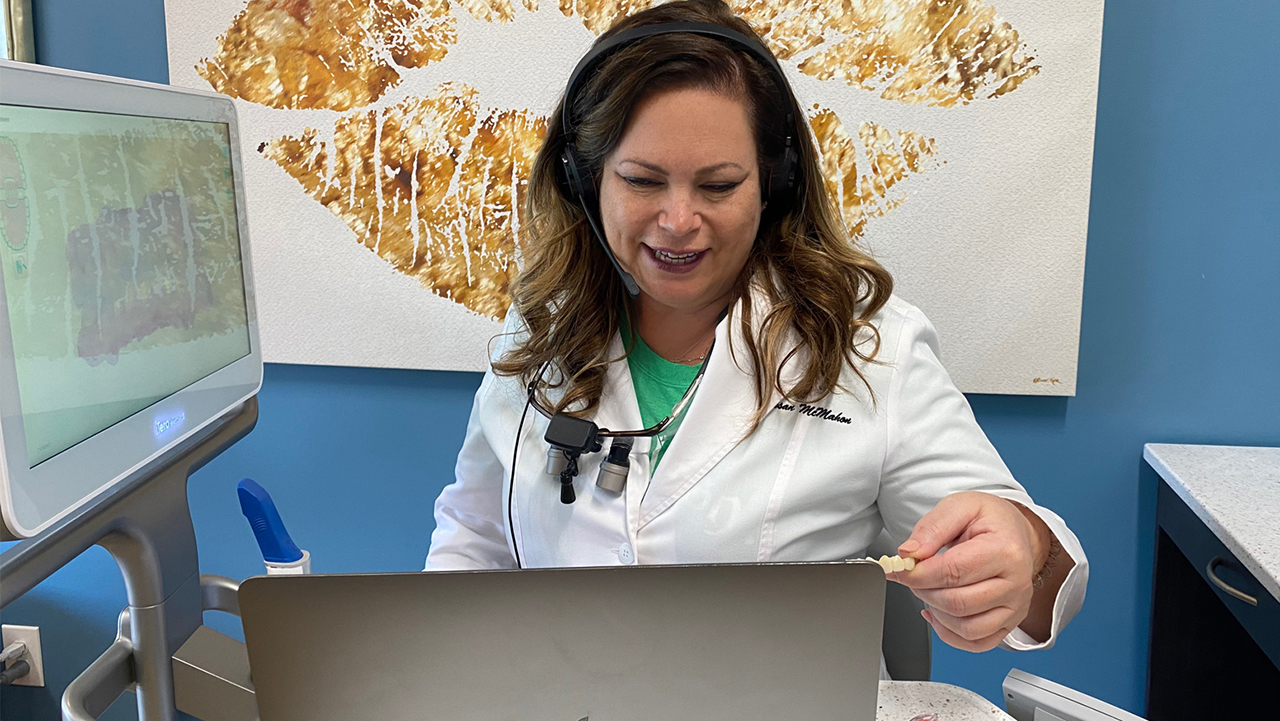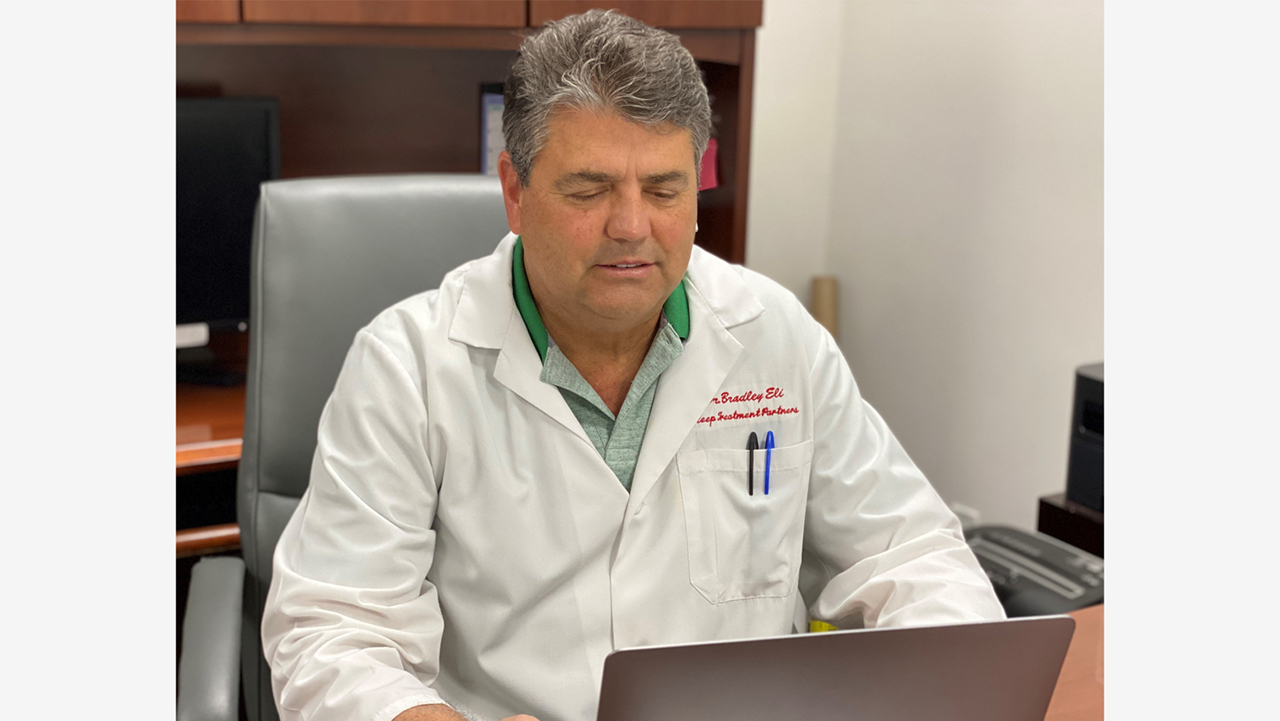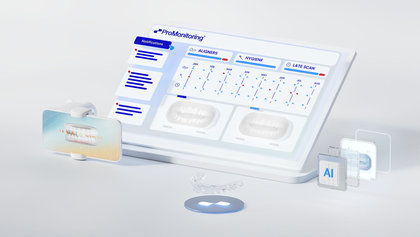Dental procedures may be converted into billable telehealth services, allowing doctors to bill for more services than traditional visits. “When you take a medical office approach to dental office procedures, these procedures can effectively be billed as telehealth services,” Dr. Eli said. “In dentistry, to use telemedicine, you have to start seeing all of the procedural steps as separate steps because there is an opportunity for the dental provider to determine which steps can be done by video conference.
“There is a tremendous number of codes for everything from an emergency examination, to a periodic examination, to home care instruction, to tobacco cessation consultation. Those codes are all available because they describe a service. So you have to go through it and say, ‘For this date, I am going to complete these things, which do not require that the person is actually in my presence in order to provide the service.’ Note that any billing process should be reviewed with billing staff or experts prior to use to avoid incorrect billing issues.”
For medical billing, procedure codes and charge amounts go along with each service. “Sometimes a modifier, which is like an addendum, will be added to the procedure code,” Pinkava said. “For example, if procedure code 99203 means an initial evaluation for a patient, modifier 95 may be added to it. This essentially means the procedure was done via telemedicine.
“For sleep therapy, for example, instead of just putting all the fees into the oral appliance, you can bill them separately — the oral appliance fees and consultation fees. And then you have the telemedicine consultation fees, which is separate. For follow-up visits, instead of using code 99203, for example, it’s 99213 — just one number is changed. With emergency procedures, for example, the billing guidelines wouldn’t change for in-person versus telemedicine visits. But for telemedicine, the service would include the modifier 95.”
Dentists who are experienced at performing medical services should be somewhat familiar with the procedure coding. Practitioners who are new to it may choose to partner with a medical billing company to either train them or use them as a service.










